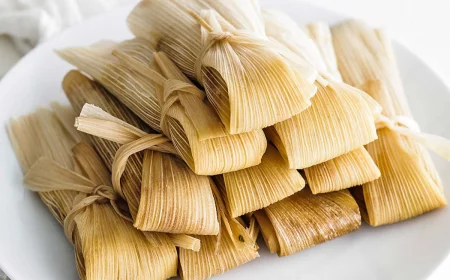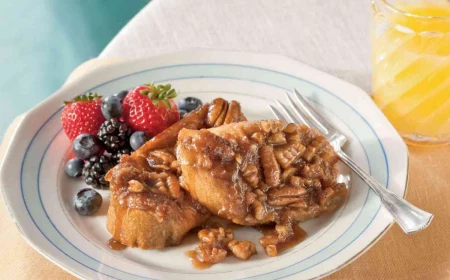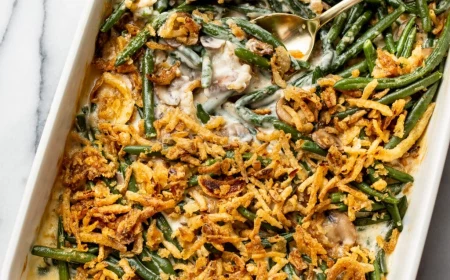Your Leftover Chicken Is an Opportunity, Not an Obligation
I spent years working in professional kitchens, and the very first lesson wasn’t about some fancy knife skill. It was about waste. In a restaurant, tossing out food is literally throwing cash in the garbage. That leftover roast chicken from last night’s service wasn’t a problem; it was pure potential. It was tomorrow’s soup special, the filling for staff tacos, or the heart of a savory pie.
In this article
- First Things First: Don’t Make Yourself Sick
- Why Leftover Chicken Gets Dry (and How to Fix It)
- From Scraps to Gold: The Pro Prep Method
- Five Ways to Make Leftovers the Main Event
- Just Have a Little Bit Left? Quick Ideas
- What About Fried or Sauced Chicken?
- A Few Common Mistakes I See All the Time
- Inspirational Gallery
So it always surprises me when home cooks see leftover chicken as a culinary letdown, picturing dry, sad meat that needs to be choked down. Let’s change that. I want to show you how to see that chicken not as a leftover, but as a time-saving, pre-cooked ingredient ready for a total transformation.
This isn’t just about reheating. It’s about reimagining. We’re going to cover the non-negotiable safety rules that health departments drill into you, and then we’ll get into the fun stuff: the methods we used every day to guarantee amazing flavor.
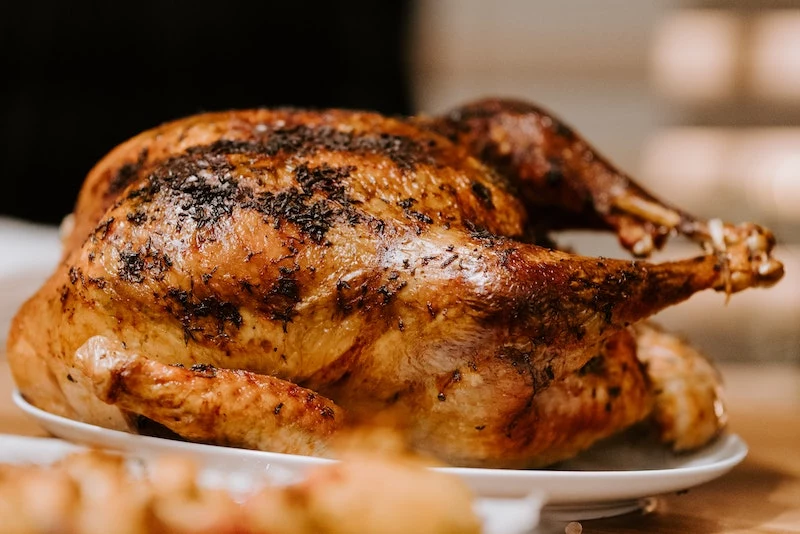
First Things First: Don’t Make Yourself Sick
Before we even dream of tacos or soup, let’s talk safety. This is the boring but essential part. The most critical thing to know is the “danger zone” for food—that’s the temperature range between 40°F and 140°F (or 4°C to 60°C), where bacteria have a party.
Heads up! Never, ever put a whole, hot rotisserie chicken directly into the fridge. It’s a huge mistake. A hot bird will raise the temperature inside your entire fridge, putting all your other food at risk. Plus, the chicken itself will cool down so slowly that it spends hours in that bacterial danger zone.
Here’s the pro move: Carve the meat off the bones as soon as it’s cool enough to handle. Spread the meat out in shallow, airtight containers. This increases the surface area and lets it cool down super fast. Once it stops steaming, pop it in the fridge. Properly stored, it’s good for about 3 to 4 days.
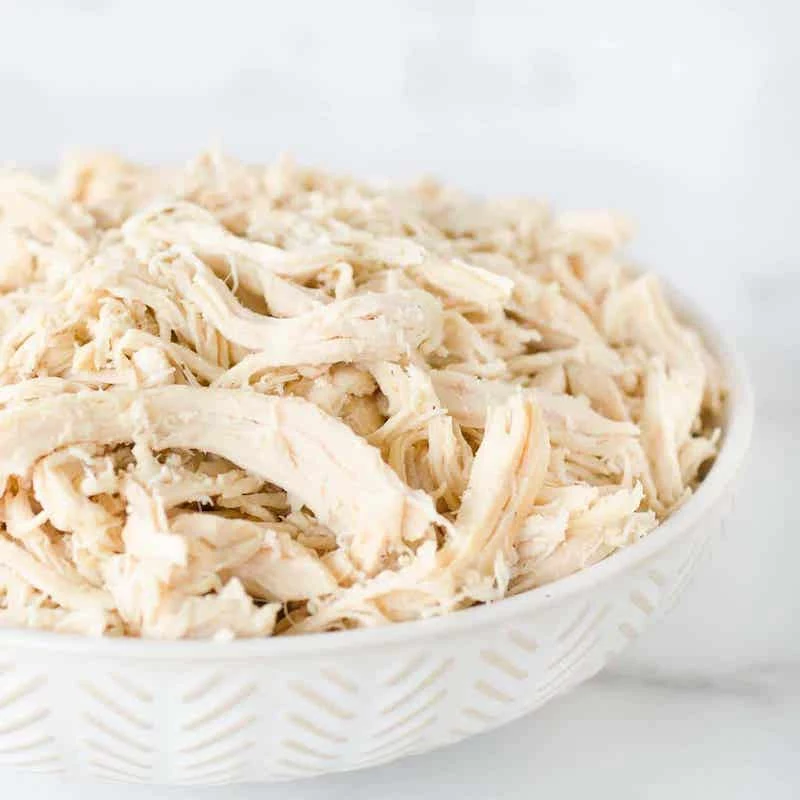
But what if you won’t get to it in time? The freezer is your best friend. For the best results, shred the meat, pack it into a freezer-safe bag, squeeze out every last bit of air, and seal it tight. It’ll stay perfectly good for up to 3 months. When you’re ready to use it, just thaw it overnight in the fridge—never on the counter!
And when it’s time to reheat, you have to be thorough. Get that chicken up to an internal temperature of 165°F (74°C). A quick zap in the microwave won’t cut it. You need to kill off any potential bacteria. Honestly, a food thermometer is a fantastic investment for about $15 at any kitchen store and takes all the guesswork out of it.
Why Leftover Chicken Gets Dry (and How to Fix It)
Ever wonder why reheated chicken, especially the breast meat, gets so tough and stringy? It’s all about moisture loss. Cooking contracts the muscle fibers, pushing water out. When you cool it and then reheat it, you’re essentially doing it all over again.
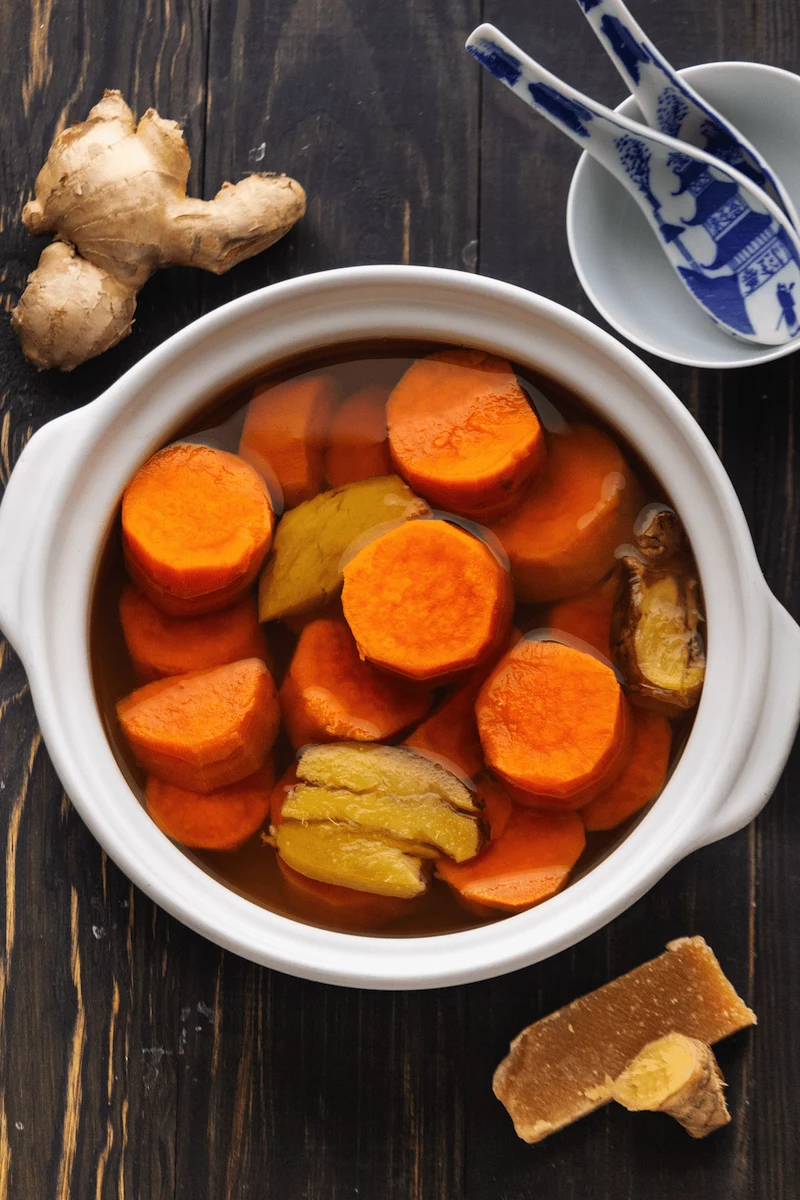
White meat is super lean, so it has no fat to protect it. That’s why it dries out in a heartbeat. Dark meat, like the thighs and legs, is marbled with more fat and connective tissue. This makes it your workhorse for leftovers—it’s far more forgiving and stays tender and juicy.
The secret to reviving any leftover chicken is simple: reintroduce moisture and fat. This is exactly why chicken shines in things like soups, stews, and creamy sauces. These dishes bathe the meat in liquid, gently warming it instead of blasting it with dry heat.
From Scraps to Gold: The Pro Prep Method
As soon as service was over, we’d get to work breaking down any leftover birds. It’s a simple process that ensures nothing goes to waste.
1. Get Your Hands Dirty: Once the chicken is cool enough, use your hands to pull all the meat from the carcass. Separate it into two piles: delicate white meat (breast, wings) and robust dark meat (thighs, legs).
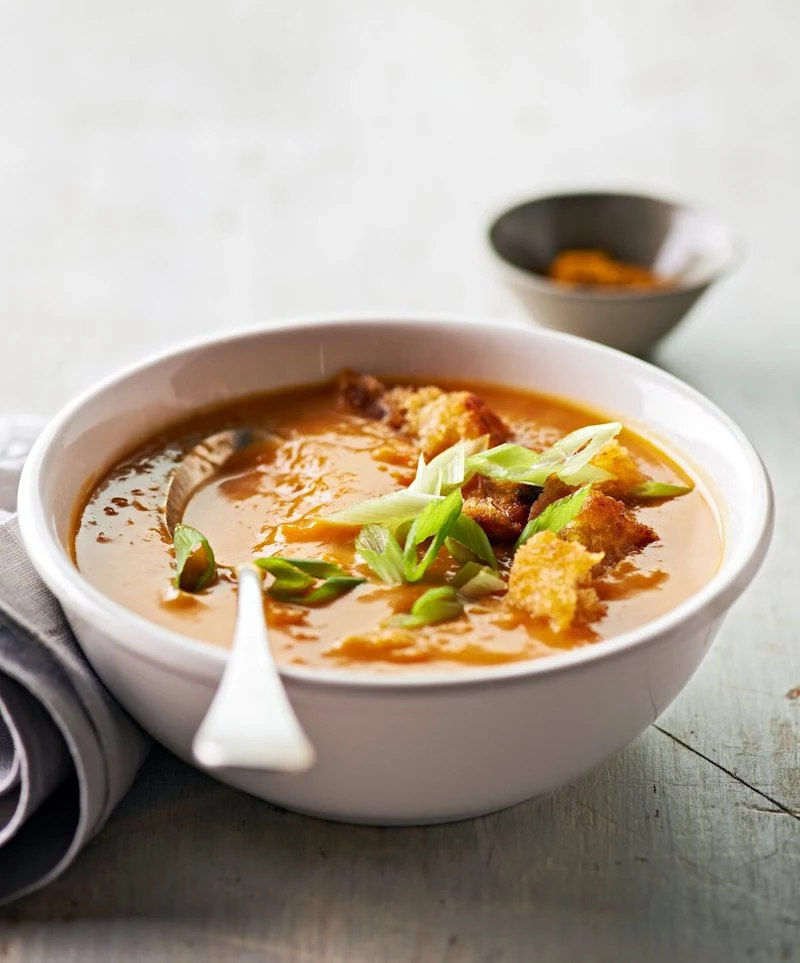
2. Save the Flavor Bombs: Whatever you do, DO NOT throw away the carcass, the skin, or those jellied drippings in the bottom of the roasting pan. That’s pure gold. The skin can be crisped in a hot pan for a crunchy salad topping. The drippings can be whisked into a sauce. And the carcass… that’s your key to liquid gold.
3. Make a Quick, Killer Stock: No time to make stock right now? No problem. Toss the carcass into a freezer bag and save it for a day when you have an hour to spare. You can even collect bones from a few chickens for a super-rich broth.
When you’re ready, just put the carcass in a pot with a roughly chopped onion (peel and all!), a carrot, and a celery stalk. Add a few peppercorns and a bay leaf, cover it all with cold water, and let it gently simmer for about an hour. A good-quality store-bought stock will run you $4 to $6 a carton, but this homemade version costs you nothing and tastes a million times better.

Five Ways to Make Leftovers the Main Event
Think of these less as strict recipes and more as templates. These are the frameworks we used to turn leftovers into something special.
1. The Ultimate Chicken Soup
Soup is the most forgiving way to use leftover chicken because the broth rehydrates the meat perfectly. Sauté a chopped onion, a couple of carrots, and some celery in a bit of olive oil until soft. Add minced garlic and some thyme, then pour in about 6 cups of that amazing stock you just made. Toss in some diced potatoes and simmer until they’re tender. At the very end, stir in about 2 cups of your shredded chicken and just warm it through for 5 minutes. The key is adding the chicken last so it doesn’t overcook.
2. A Chicken Salad That’s Actually Good
Bad chicken salad is a crime. The secret is all about balancing creamy, tangy, and crunchy textures. For about 2 cups of finely diced chicken (white meat is great here), you’ll want a fantastic dressing. Don’t skimp on the mayo—a really good one, like Duke’s, or an extra-rich Japanese-style one like Kewpie, makes a huge difference. Whisk about a half-cup of it with a tablespoon of lemon juice and a teaspoon of Dijon mustard. Then, gently fold in the chicken, some finely diced celery, and a little minced red onion. Salt and pepper generously.
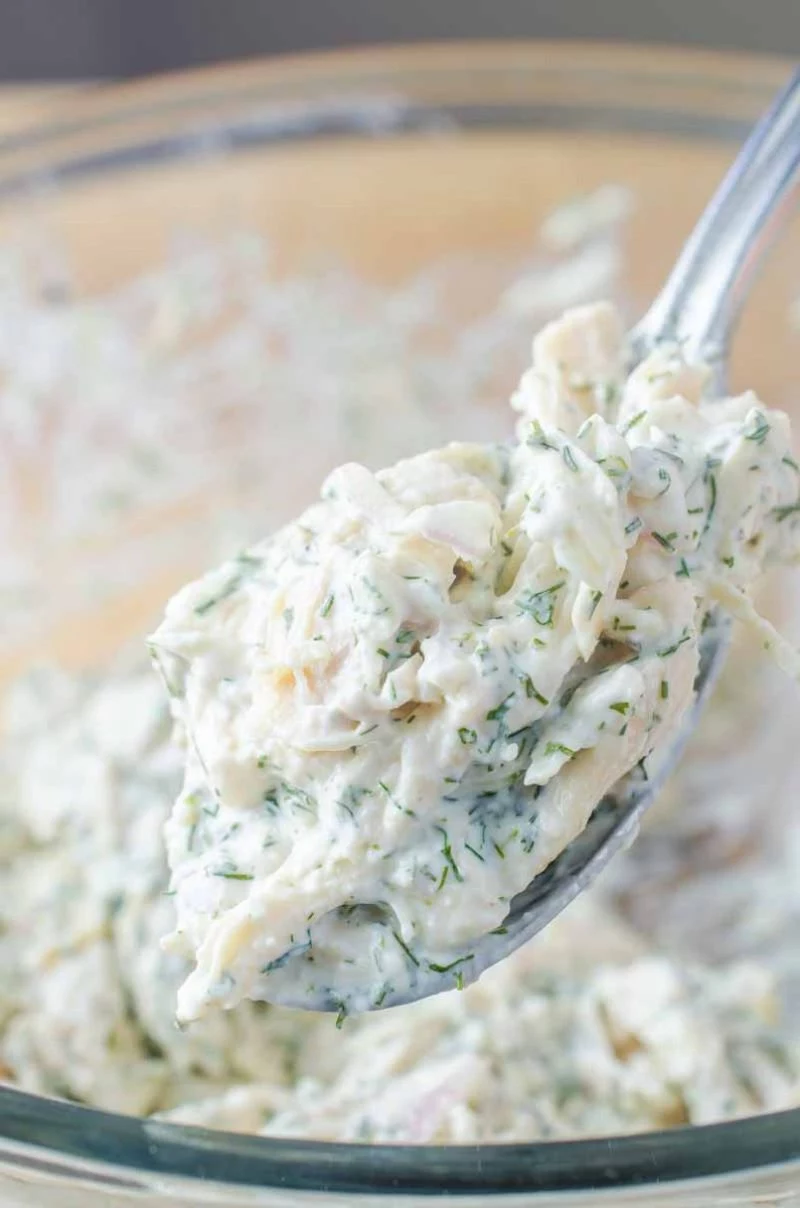
Quick tip: The most important step is to let it chill in the fridge for at least 30 minutes. This lets all the flavors meld together. It’s the difference between a good chicken salad and a great one.
3. Creamy, Dreamy Chicken Pasta Bake
This is pure comfort, and you don’t need any canned soup to do it. Just make a simple cheese sauce. Melt 4 tablespoons of butter in a saucepan, whisk in 4 tablespoons of flour, and cook for a minute. Then, slowly whisk in 3 cups of warm milk until it’s thick and smooth. Take it off the heat and stir in about 1.5 cups of shredded cheese (Gruyère or sharp cheddar are amazing) until it melts. Combine that glorious sauce with 3 cups of shredded chicken and about 12 ounces of undercooked pasta. Pour it into a baking dish, top with breadcrumbs, and bake at 375°F (190°C) for about 25 minutes until it’s bubbly and golden.
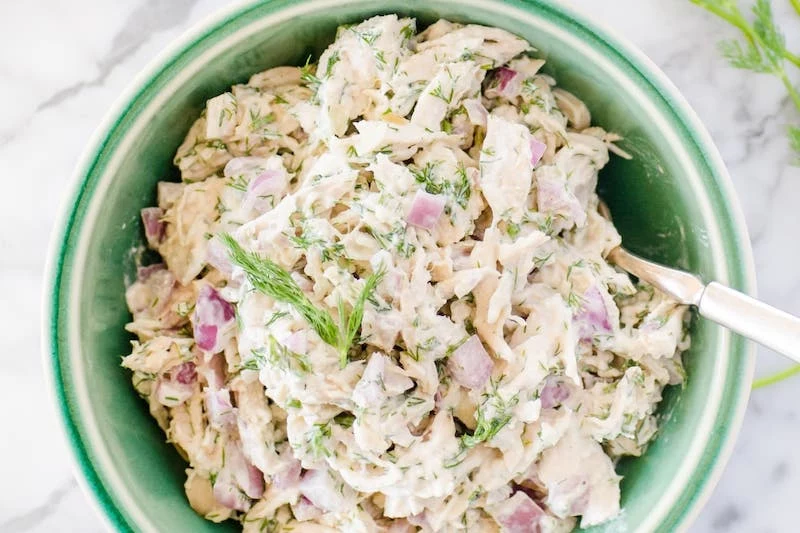
4. Speedy Mediterranean Grain Bowl
This is a healthy, modern way to use up chicken. Start by cooking some quinoa. While it cooks, make a quick lemon vinaigrette. Then, toss your shredded chicken with a few spoonfuls of that dressing to marinate it. This instantly adds moisture and flavor. Assemble your bowl by layering the quinoa, marinated chicken, some cherry tomatoes, diced cucumber, olives, and a sprinkle of feta cheese. It looks fancy, tastes amazing, and takes minutes to put together.
5. Legit-Style Chicken Tacos
Here’s the secret to making leftover chicken perfect for tacos: don’t just use it plain. Take about 2 cups of shredded dark meat and put it in a skillet with a cup of your favorite salsa and a splash of stock or water. Let it simmer for 5-7 minutes until the liquid reduces and coats the chicken. This creates a proper, juicy taco filling, or guisado.
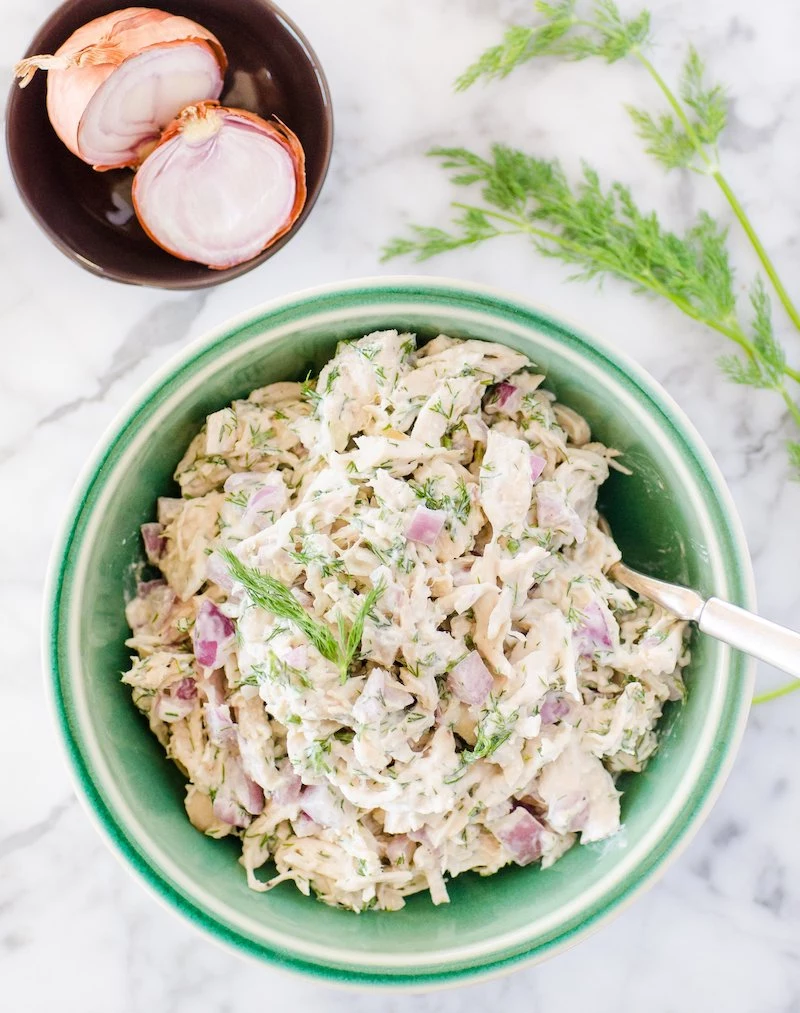
Warm some corn tortillas in a dry, hot skillet (please don’t microwave them!), and serve everything with bowls of diced onion, fresh cilantro, crumbled cotija cheese, and lime wedges. It’s a total game-changer.
Just Have a Little Bit Left? Quick Ideas
Sometimes you only have a single chicken breast or a handful of scraps. Don’t throw it out! Here’s what you can do:
- Shred it and stir it into a bowl of instant ramen for a protein boost.
- Chop it up and pile it onto a baked potato with cheese and sour cream.
- Tuck it into a quesadilla with some cheese and beans for a 5-minute lunch.
- Toss it into a simple fried rice with frozen veggies and a scrambled egg.
What About Fried or Sauced Chicken?
Good question. If your chicken is already fried, the best bet is to pull the meat off the bone and discard the now-soggy skin. The meat itself is perfect for chicken salad or tacos. If the chicken was already in a sauce (like a BBQ or teriyaki), lean into it! Use it as a base for a grain bowl, stuff it into a sandwich, or pile it onto a pizza.
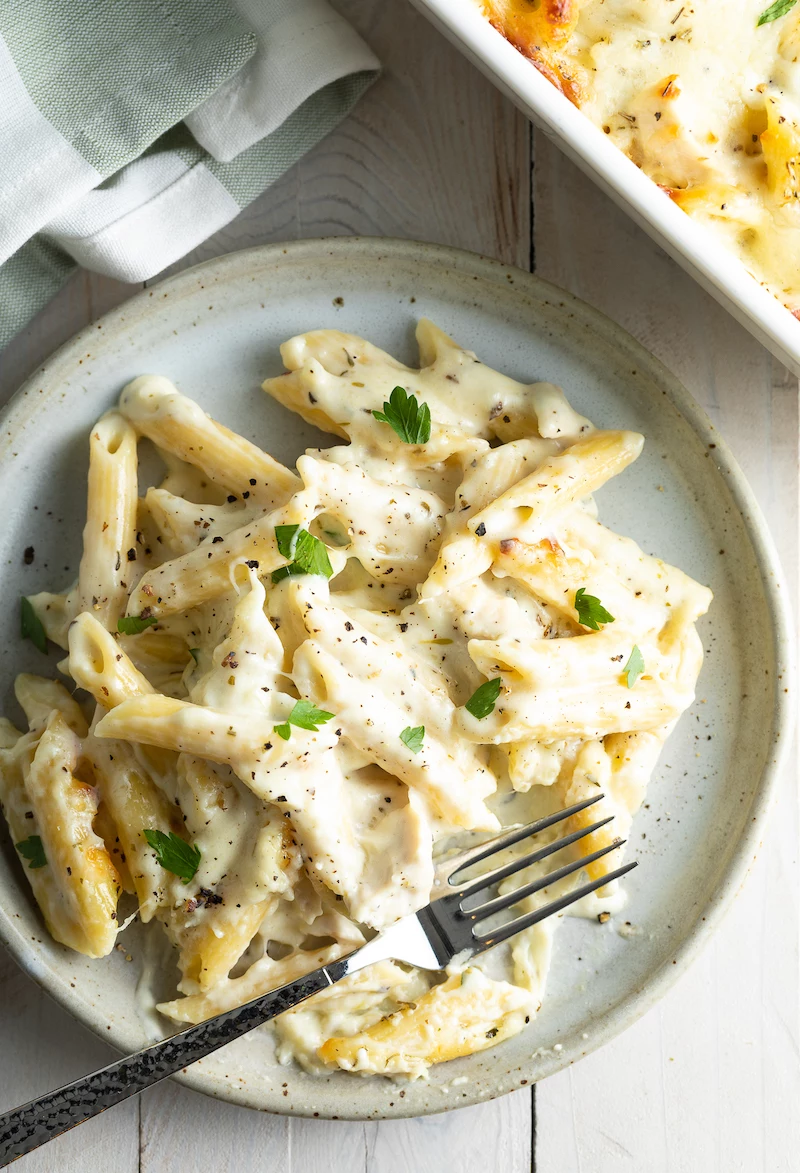
A Few Common Mistakes I See All the Time
To wrap things up, let’s just quickly review the big no-nos. Avoiding these simple mistakes will make your leftover life so much better:
- Putting a whole, hot chicken straight into the fridge.
- Reheating chicken uncovered in the microwave (hello, rubbery meat!).
- Skipping the chill time for chicken salad. Let those flavors mingle!
- Using plain, dry chicken for tacos instead of simmering it in salsa first.
- Forgetting to save the carcass. It’s free flavor, people!
At the end of the day, treating leftovers with a little respect is a mindset. It’s about seeing value and creativity where others see a chore. So go on, turn that leftover bird into something you’re actually excited to eat.
Inspirational Gallery
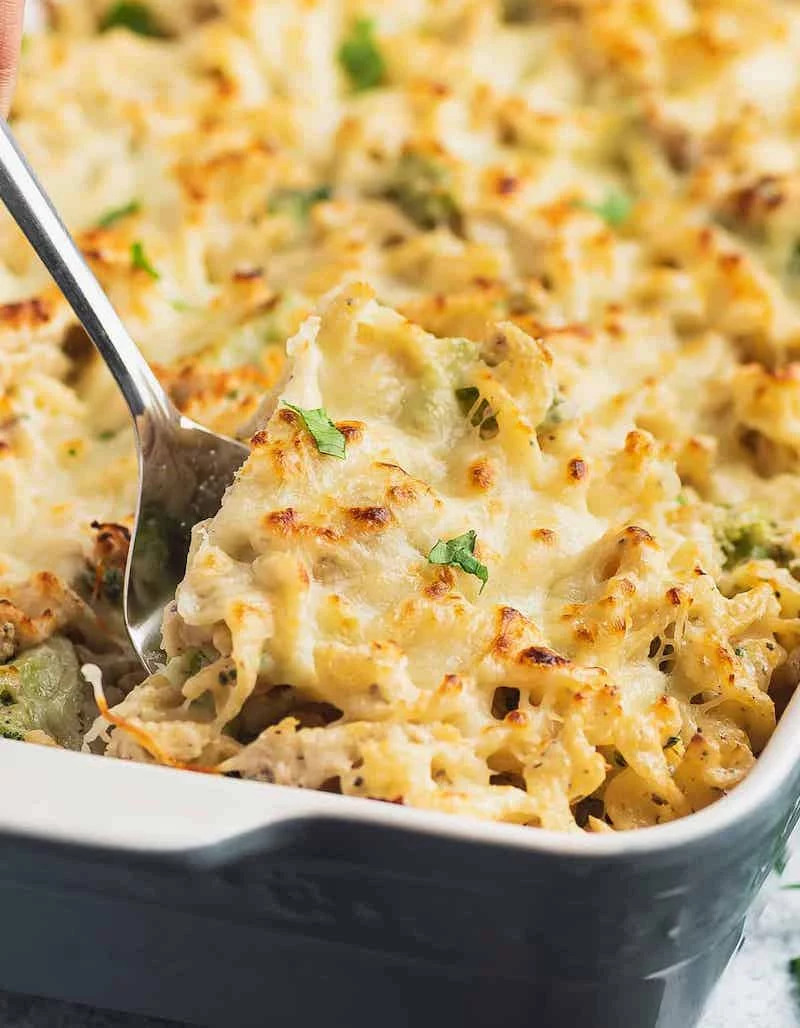
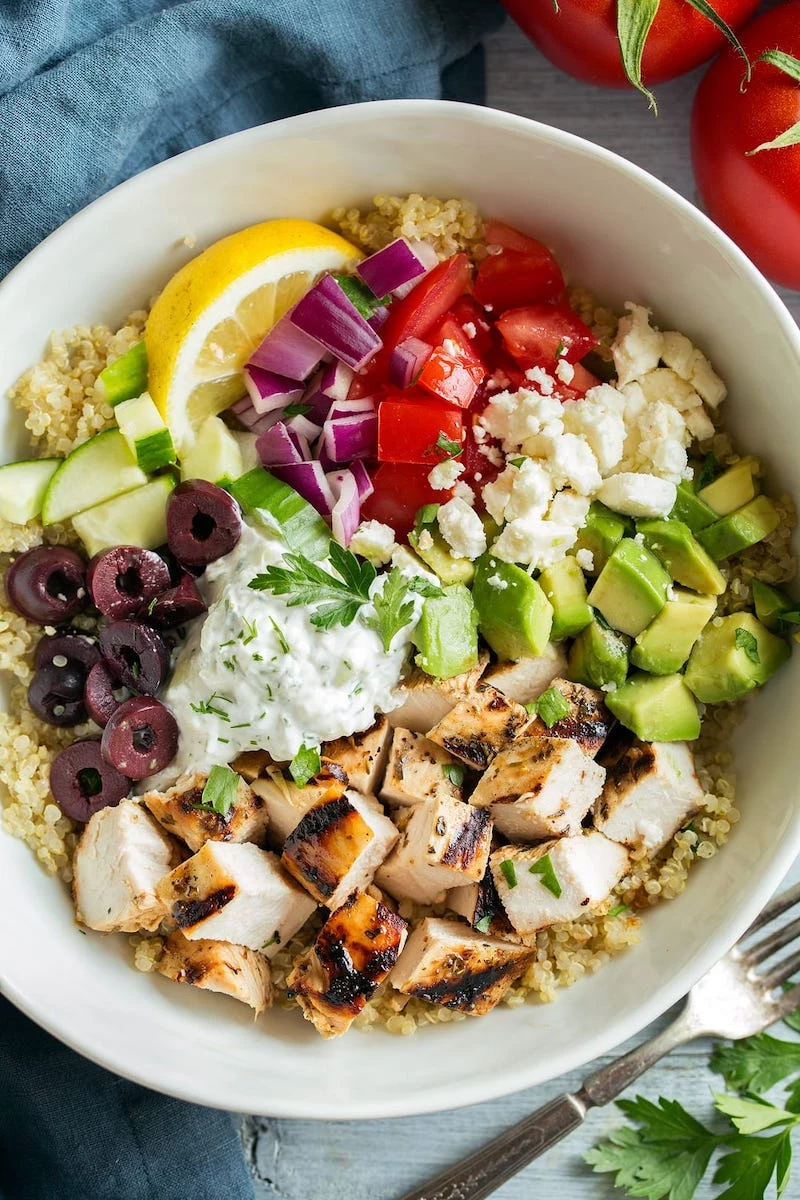
What about the chicken skin?
Don’t throw it away! That skin is a flavor bomb waiting to happen. For the ultimate crispy treat, chop it up and render it slowly in a dry, non-stick skillet over medium-low heat. The fat will melt away, leaving you with golden, crunchy bits—gourmet ‘chicken cracklings’. Sprinkle them over salads, soups, or tacos for an irresistible texture and a savory kick that rivals bacon.
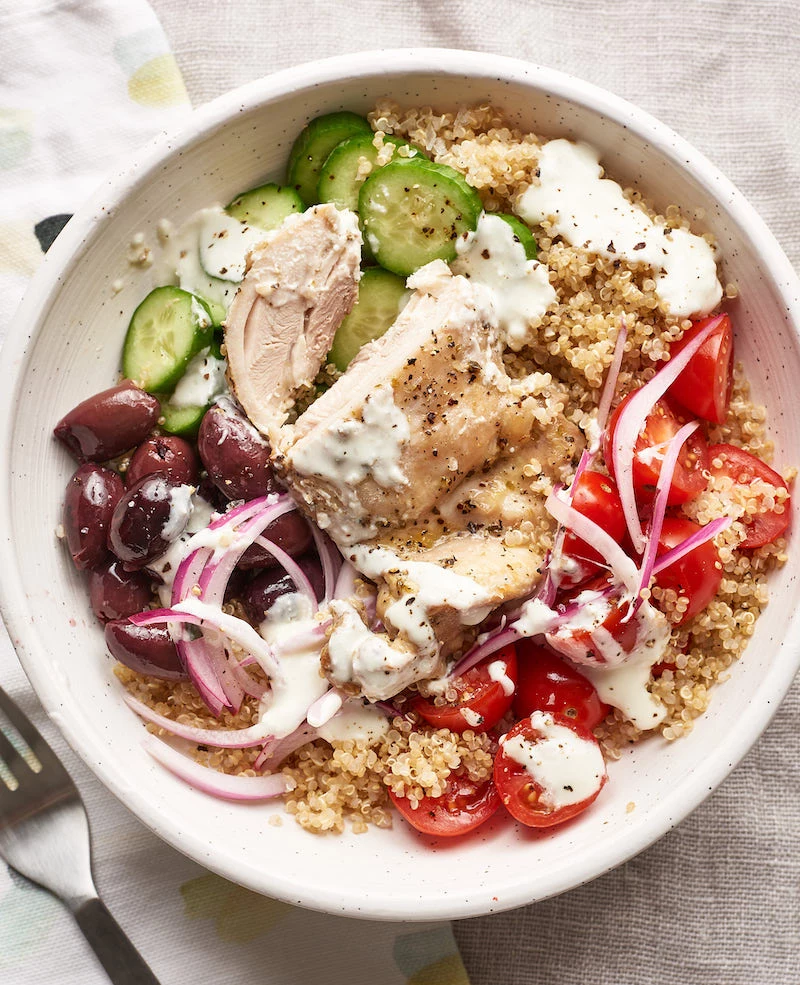
The average American family of four throws out about $1,600 worth of produce annually. A significant portion of food waste also includes meat and poultry.
Transforming your leftovers is more than just a kitchen hack; it’s a direct action against waste. Every chicken taco or bowl of soup you create from that pre-cooked bird is a small victory for both your wallet and the environment.
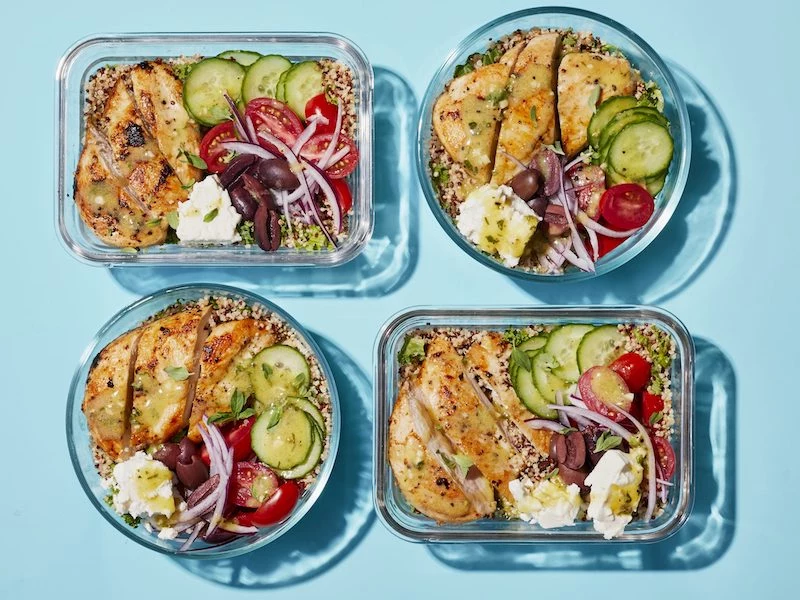
The Microwave Trap: Blasting shredded chicken in the microwave is the fastest way to get rubbery, unevenly heated meat. The intense, dry heat cooks it again, squeezing out moisture.
The Pro-Move: For a much better result, gently reheat the chicken in a skillet over medium heat with a splash of liquid—a little chicken broth, water, or even salsa. Cover the pan and let it steam for just a couple of minutes. This rehydrates the meat, keeping it tender and juicy.
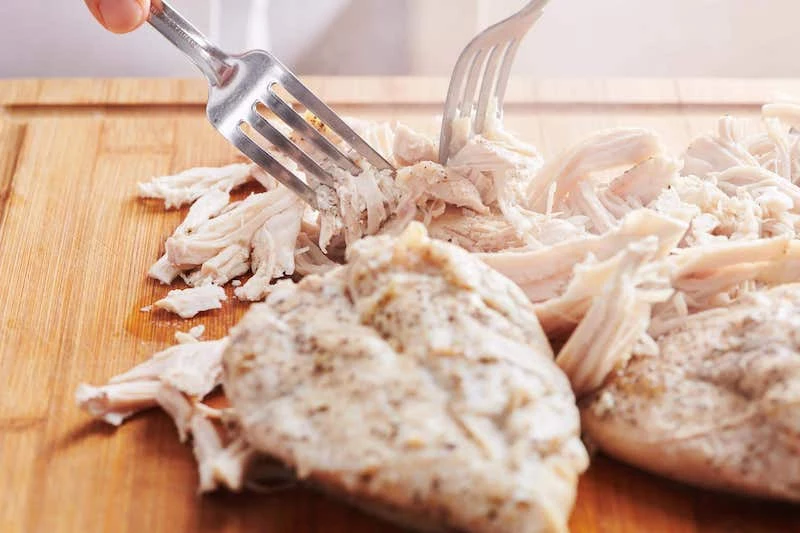
The real magic in reviving leftover chicken often lies in the sauce. It’s the quickest way to introduce a completely new flavor profile.
- For a rich, comforting meal: Toss shredded chicken with a jar of quality Alfredo sauce (like Rao’s Homemade) or a vibrant green pesto. Perfect for a quick pasta bake.
- For a bright, zesty dish: Marinate the cold, diced chicken for just 15 minutes in a mix of lime juice, olive oil, and cilantro. It instantly becomes the perfect filling for fresh tacos or a vibrant grain bowl.
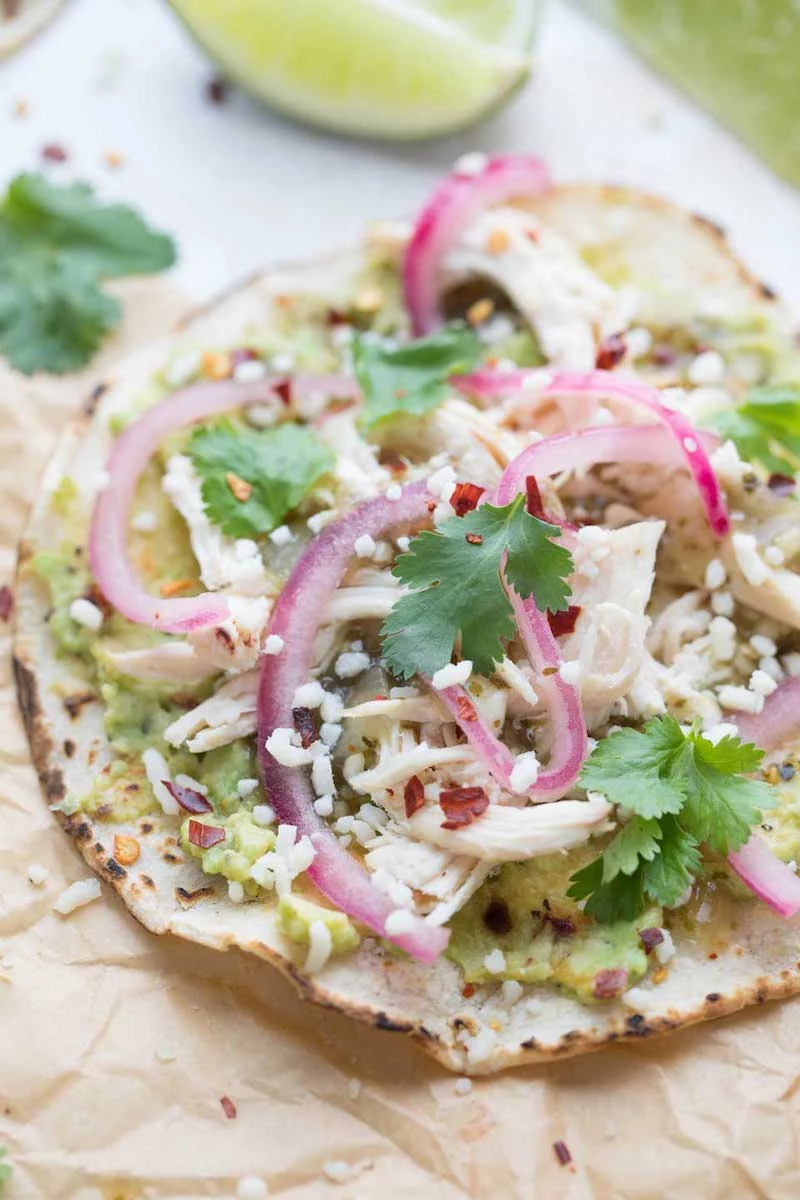
There’s a quiet satisfaction that comes from transforming last night’s dinner into a stunning, effortless lunch. It’s the feeling of being resourceful and clever. As you toss that perfectly good chicken with fresh greens, a splash of vinaigrette, and some crunchy nuts, you’re not just eating leftovers; you’re enjoying the fruits of your own smart planning, turning an obligation into a delicious moment of self-care.
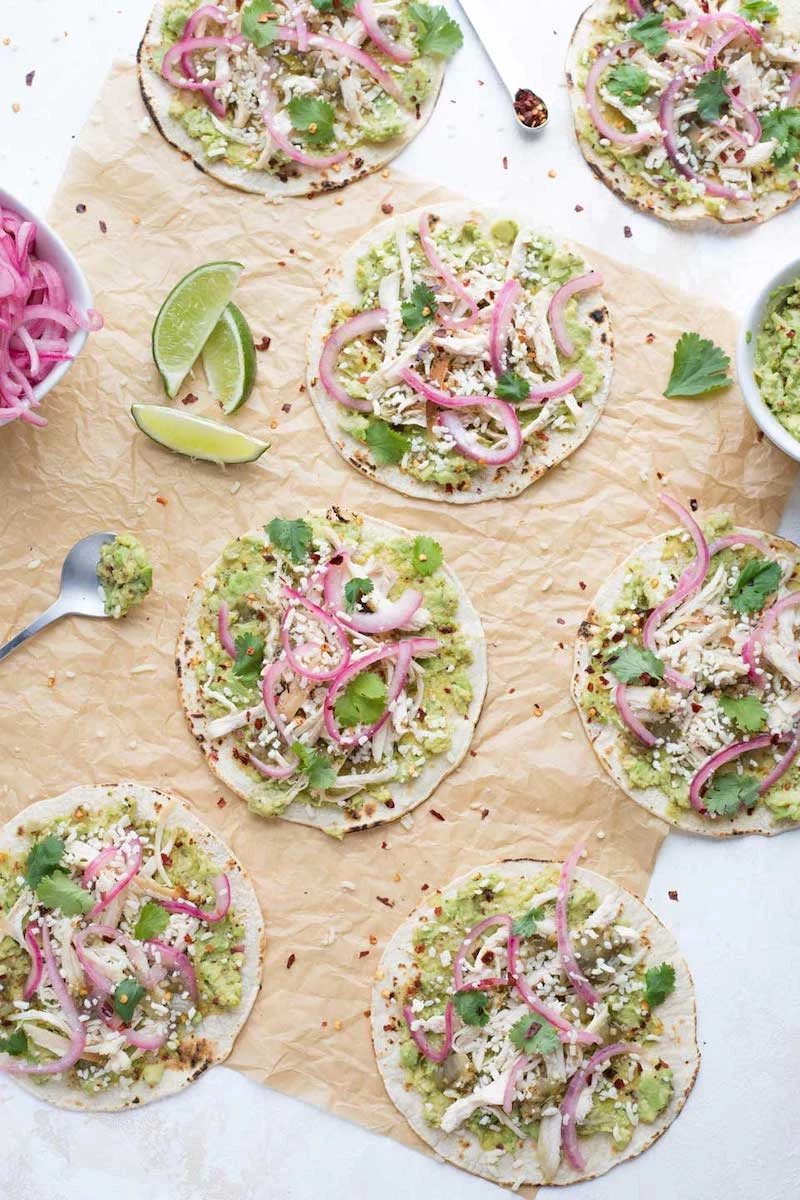
- Adds instant savory depth to soups and sauces.
- Gives you a perfect, flavorful liquid for cooking grains like rice or quinoa.
- Costs virtually nothing to make.
The secret? A quick-simmer stock. After you’ve carved the meat, don’t toss the chicken carcass. Place it in a pot, cover with water, add a halved onion and a carrot, and let it simmer for just 60-90 minutes. It’s not an all-day bone broth, but a fast, flavorful stock that captures the last bit of goodness.
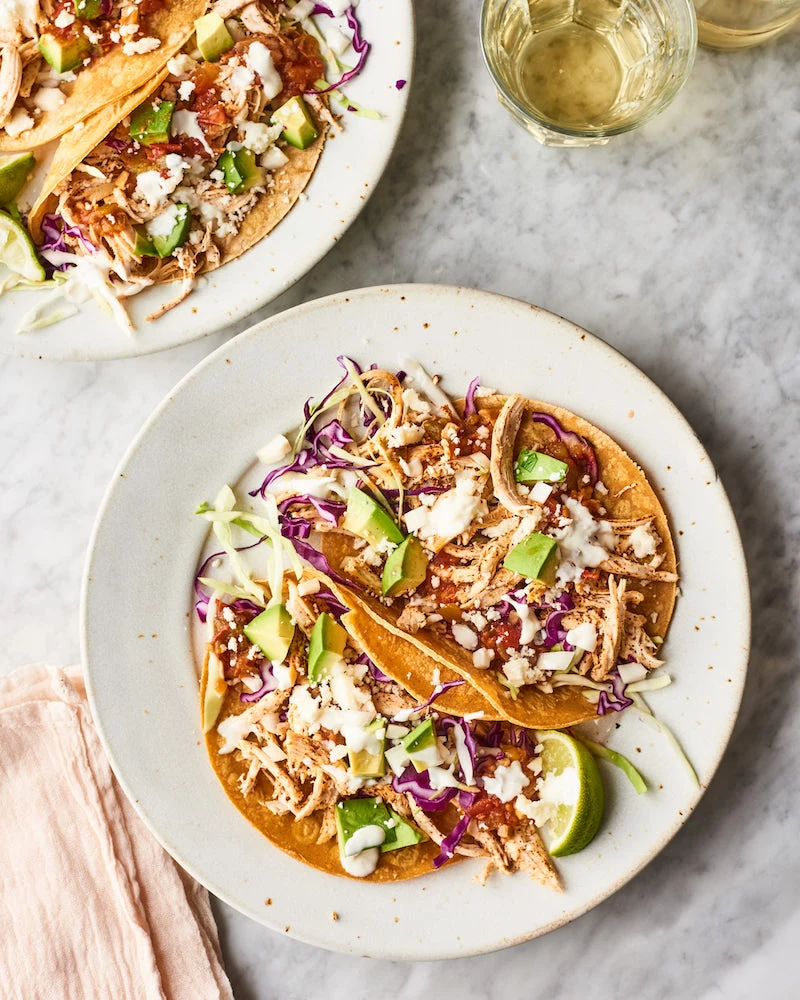
A single rotisserie chicken can be the base for at least three different meals for two people.
If your chicken meat seems a bit dry after a day or two in the fridge, don’t despair. A simple moisture infusion is all it needs. Before adding it to your dish, toss the shredded or diced chicken in one of these simple mixes:
- A few spoonfuls of chicken or vegetable broth.
- A simple vinaigrette made with olive oil and lemon juice.
- A dollop of plain yogurt or sour cream mixed with herbs.
Let it sit for 10 minutes to absorb the liquid. This simple step makes a world of difference.


